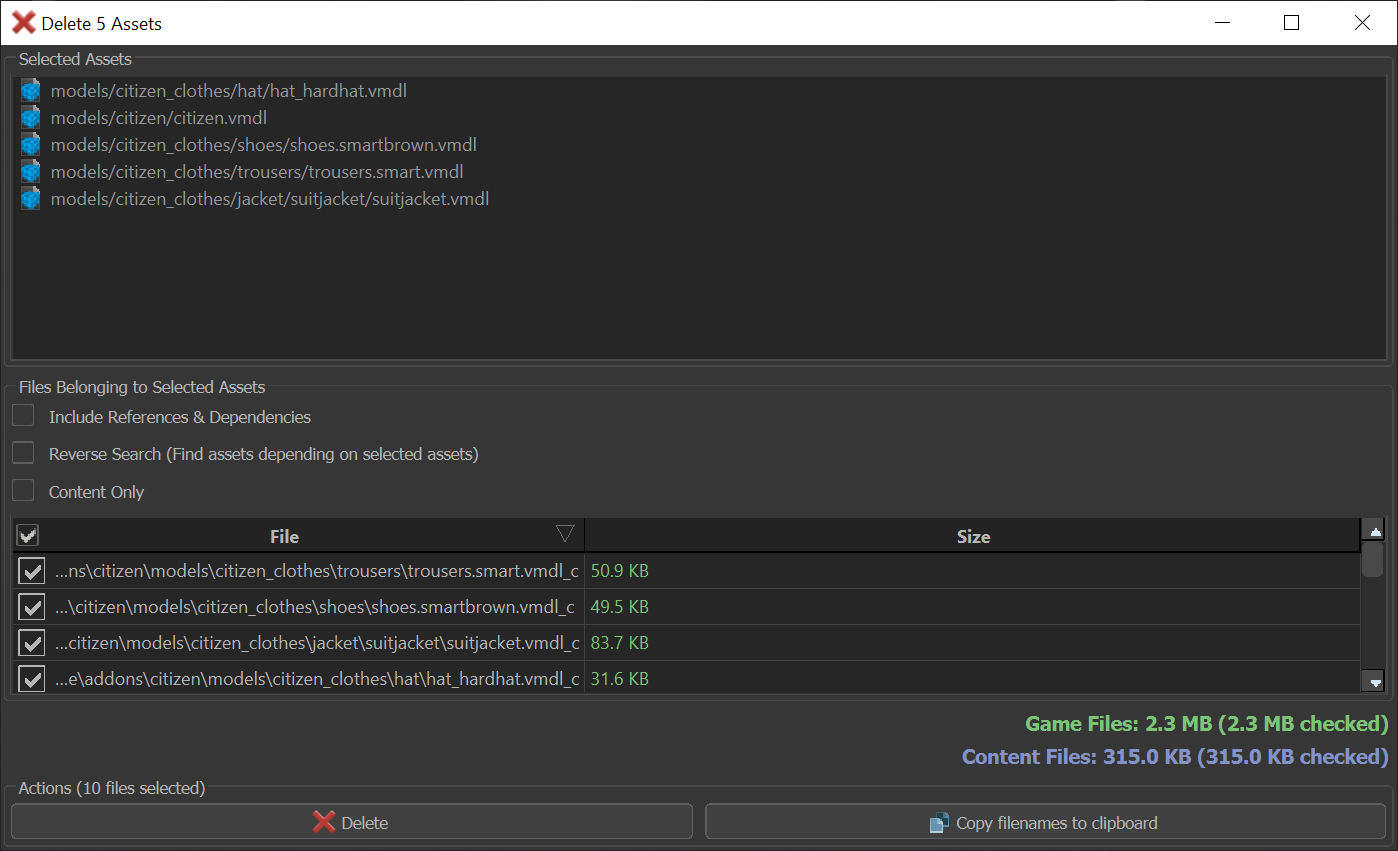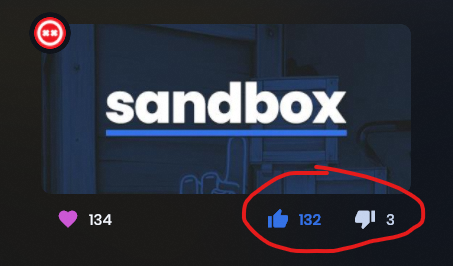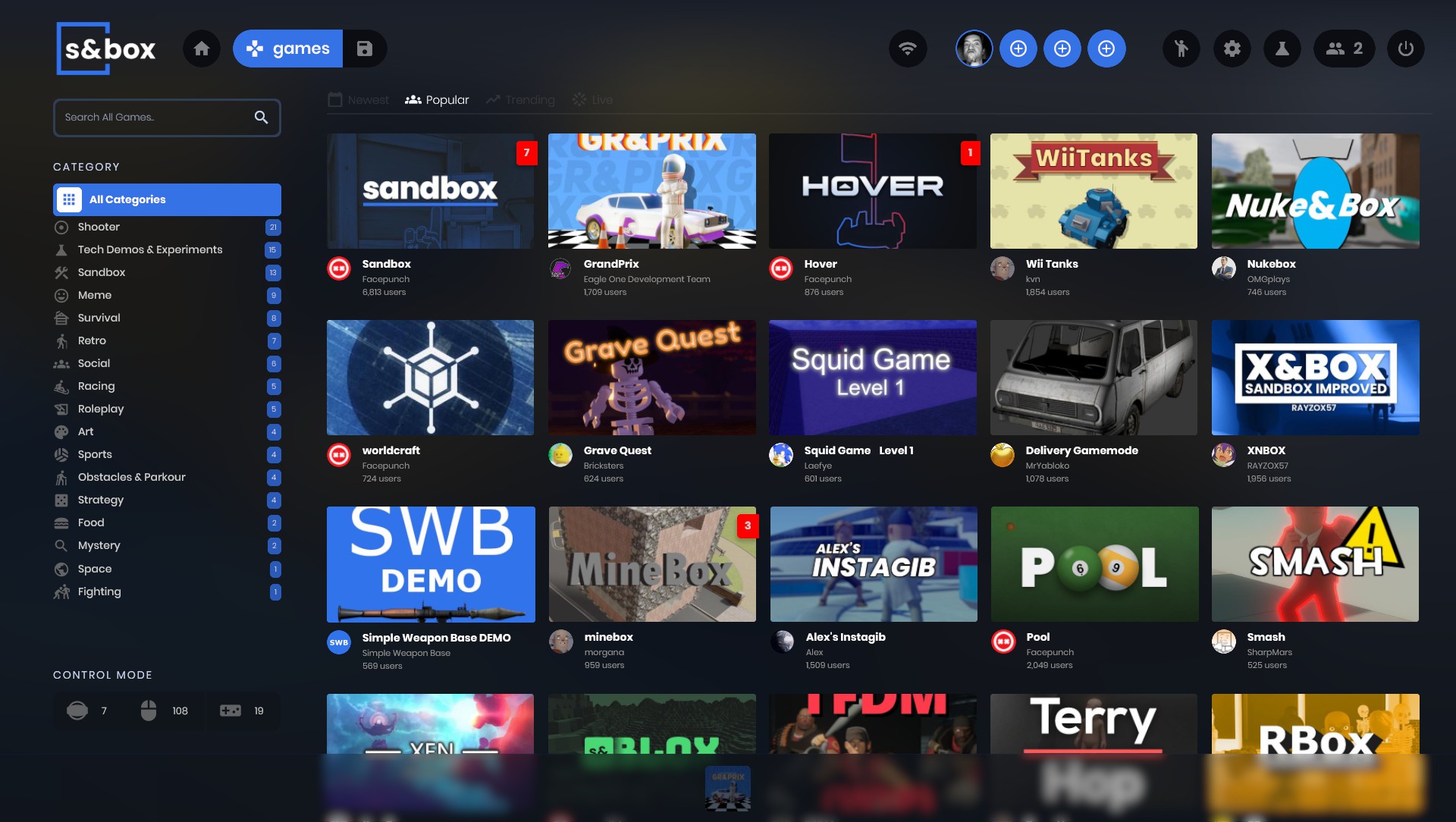When you start the game you'll see a list of games with active games.
When you open a game you'll see a list of lobbies. You can join these lobbies or create a new one. When you're in a lobby you can talk to other lobby members and join the game.
The lobby allows you to define the game settings before creating the game, and the other lobby members can see what those settings are. This is going to be expanded in the future with more game specific configs.
While this works like a regular transient lobby system right now, where games disappear when no-one is in them, the plan is to make them also work for dedicated servers.
This is about choice. It doesn't make sense to have a dedicated server for chess matches. It doesn't make sense to have lobby listen servers for multiplayer survival games. We should be giving the choice for games to have one, or the other, or both, or none.









